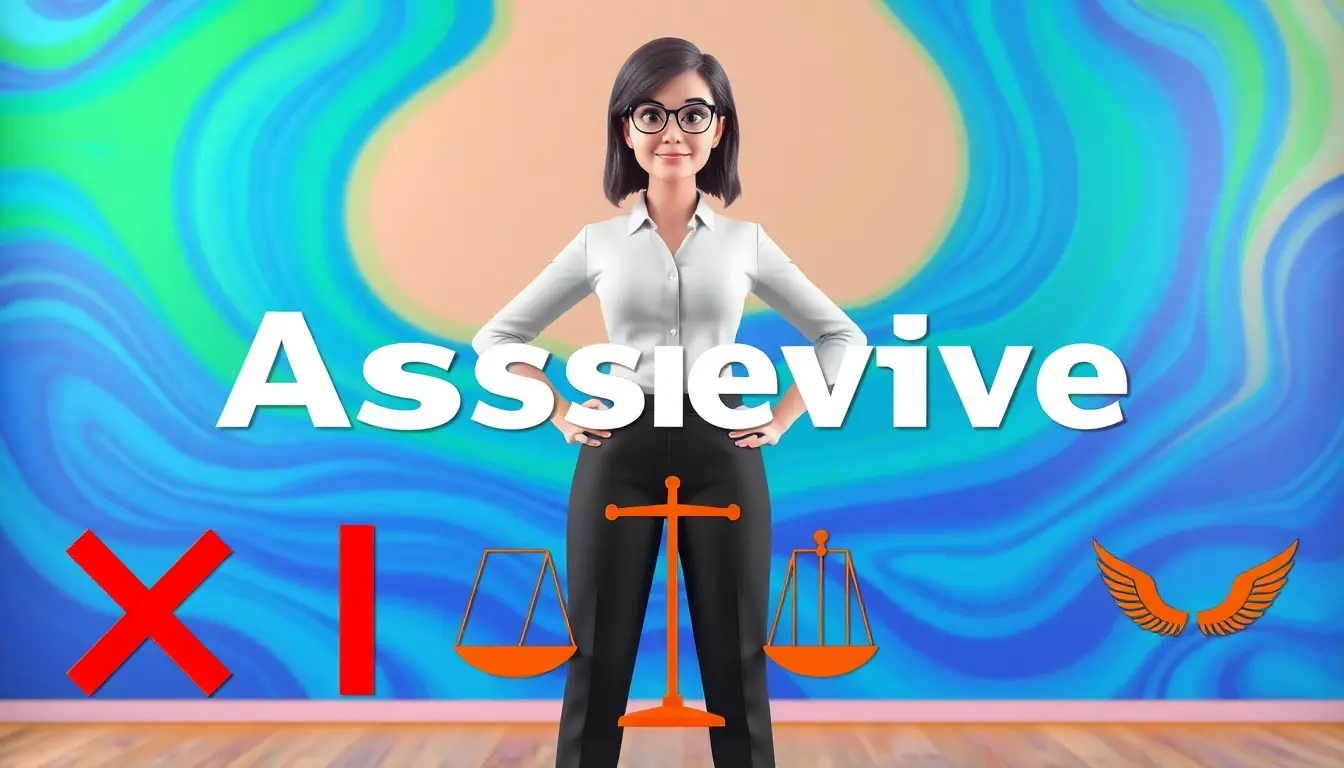What is Soft Negotiation?
Soft negotiation is a subtle yet effective way to influence others and achieve your goals without being aggressive or confrontational. It’s a skill that can be applied in various aspects of life, from business and politics to personal relationships and everyday conversations. Soft negotiation is about building trust, creating a mutually beneficial outcome, and finding a solution that satisfies all parties involved. In this article, we’ll delve into the world of soft negotiation, exploring its principles, techniques, and benefits.
Soft negotiation is not about winning or losing; it’s about finding a common ground that works for everyone. It’s a collaborative approach that focuses on understanding the other person’s needs, concerns, and interests. By doing so, you can create a win-win situation that strengthens relationships and fosters a positive outcome.
The Principles of Soft Negotiation
Soft negotiation is built on a set of principles that guide the negotiation process. These principles include:
Active Listening
Active listening is the foundation of soft negotiation. It’s about fully engaging with the other person, paying attention to their words, tone, and body language. By actively listening, you can understand their needs, concerns, and interests, which enables you to tailor your approach to meet their expectations.
Empathy and Understanding
Empathy and understanding are essential components of soft negotiation. By putting yourself in the other person’s shoes, you can see things from their perspective, which helps to build trust and rapport. This, in turn, creates a conducive environment for negotiation.
Flexibility and Adaptability
Soft negotiation requires flexibility and adaptability. Be prepared to adjust your approach as the negotiation unfolds. This might involve making concessions, offering alternatives, or finding creative solutions that meet the other person’s needs.
Open-Mindedness
Open-mindedness is critical in soft negotiation. Be willing to consider different perspectives, and don’t be afraid to change your stance if presented with compelling arguments or new information.
Soft Negotiation Techniques
Soft negotiation techniques are designed to facilitate a collaborative and mutually beneficial outcome. Some of the most effective techniques include:
The Power of Questions
Asking questions is a powerful tool in soft negotiation. It helps to clarify the other person’s needs, concerns, and interests, and can also be used to challenge assumptions and gather information.
Mirroring and Anchoring
Mirroring and anchoring are subtle yet effective techniques that can help to build trust and rapport. Mirroring involves mimicking the other person’s body language and tone, while anchoring involves using specific words or phrases to create a sense of familiarity.
The Art of Concession
Making concessions is an essential part of soft negotiation. By offering concessions, you can create a sense of mutual benefit and build trust with the other person.
Benefits of Soft Negotiation
Soft negotiation offers numerous benefits, including:
Builds Trust and Rapport
Soft negotiation helps to build trust and rapport with the other person, which can lead to long-term relationships and future collaborations.
Encourages Collaboration
Soft negotiation encourages collaboration and mutual understanding, which can result in creative solutions and innovative outcomes.
Reduces Conflict
Soft negotiation reduces the risk of conflict by focusing on finding a mutually beneficial outcome.
Increases Flexibility
Soft negotiation increases flexibility, allowing for adjustments and adaptations as the negotiation unfolds.
Real-Life Examples of Soft Negotiation
Soft negotiation is not limited to business or politics; it can be applied in various aspects of life. Here are some real-life examples:
Salary Negotiation
When negotiating a salary, soft negotiation can be used to find a mutually beneficial outcome. By understanding the employer’s needs and constraints, you can tailor your approach to meet their expectations.
Conflict Resolution
Soft negotiation can be used to resolve conflicts in personal relationships. By actively listening and empathizing with the other person, you can find a solution that works for both parties.
Business Partnerships
Soft negotiation can be used to build successful business partnerships. By focusing on mutual benefit and finding creative solutions, you can create a win-win situation that drives growth and profitability.
FAQ
What is the main difference between soft negotiation and hard negotiation?
The main difference between soft negotiation and hard negotiation is the approach. Soft negotiation is a collaborative and mutually beneficial approach, while hard negotiation is a competitive and adversarial approach.
Can soft negotiation be used in all situations?
Soft negotiation can be used in most situations, but it may not be effective in situations where there is a significant power imbalance or when dealing with individuals who are unwilling to compromise.
How can I improve my soft negotiation skills?
You can improve your soft negotiation skills by practicing active listening, empathy, and flexibility. Additionally, seek feedback from others and be open to learning from your mistakes.
Conclusion
Soft negotiation is a powerful tool that can help you achieve your goals without being aggressive or confrontational. By understanding the principles and techniques of soft negotiation, you can build trust, create mutually beneficial outcomes, and foster positive relationships. Remember, soft negotiation is not about winning or losing; it’s about finding a common ground that works for everyone.







Leave a Reply